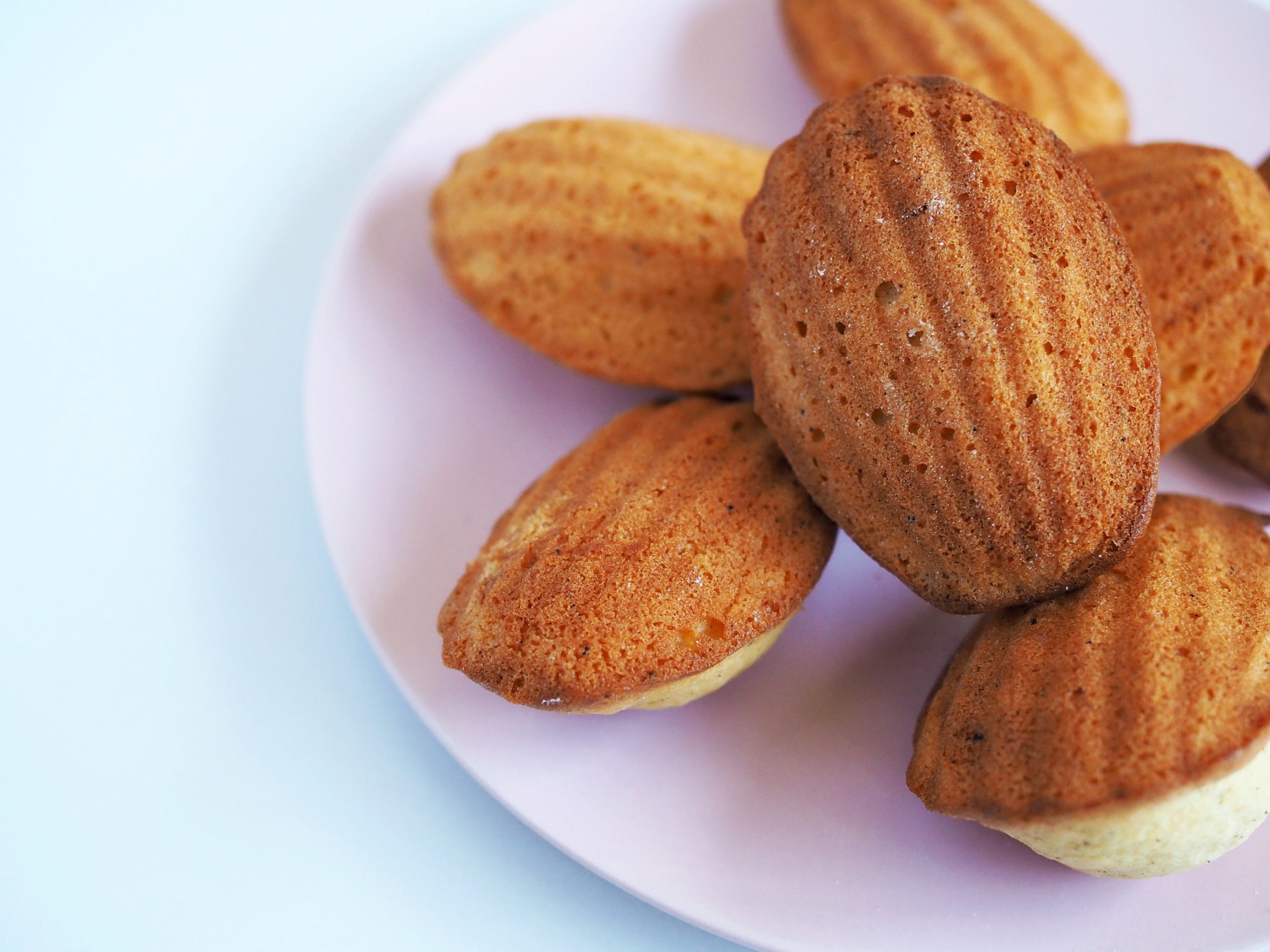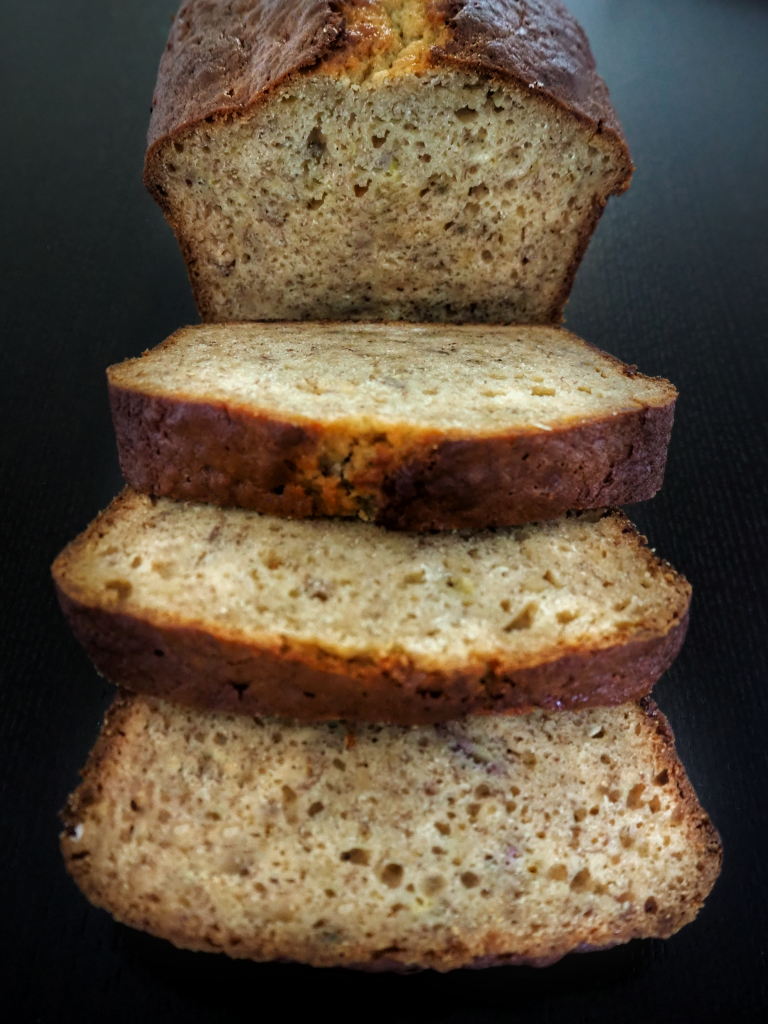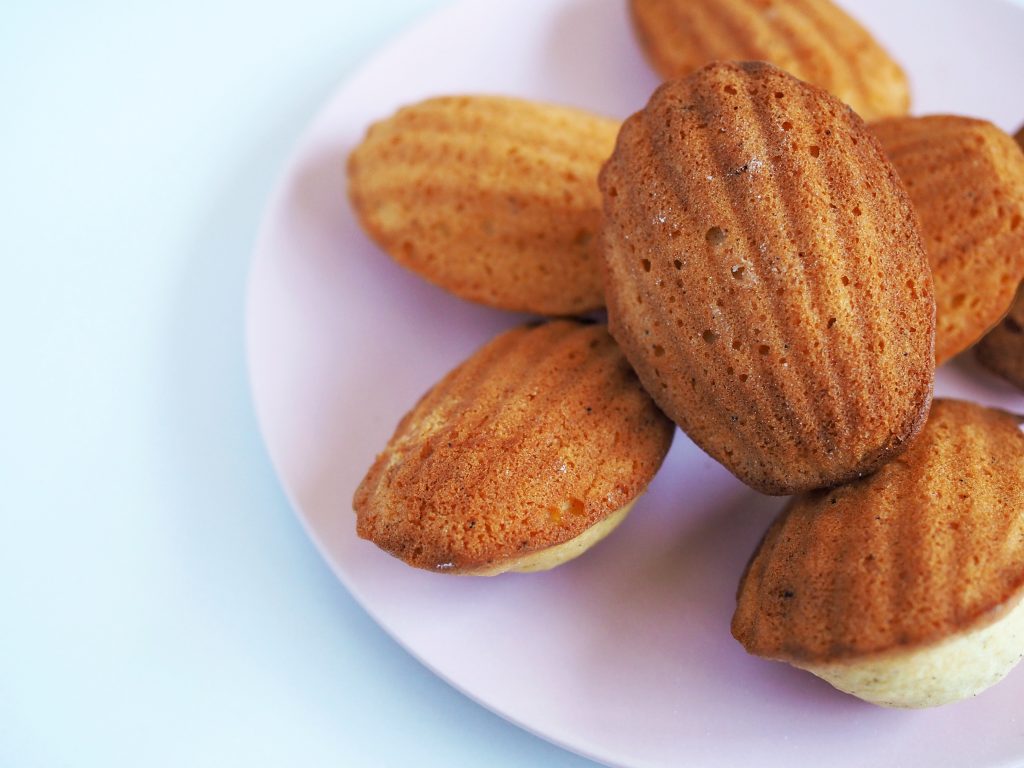
Beurre Noisette
I’ve been getting a lot of questions about brown butter, so I decided to talk about it so I could share some insight on why I use it in my recipes instead of normal melted butter.
Beurre noisette, or commonly referred to as brown butter, is the French culinary term for melted butter that is toasted until it is hazelnut brown. But that opens it up to more questions like, how do I know if it’s hazelnut brown, or is it roasted hazelnut or raw hazelnut? And just saying brown butter–I realised from first-hand experience–doesn’t mean people would understand what you’re talking about, especially if the person reading your recipe started baking today.

So let’s dig deeper and understand what beurre noisette is on this short post. I hope after you read this, I have taken the guesswork out of whether your butter has transformed to beurre noisette, and if it’s worth taking the extra time to brown your melted butter.
Let’s get into the science: The browning of food is called a Maillard reaction. This is a chemical reaction that occurs between the amino acids and the sugars in food when heat is applied. It happens when you sear meat, brew beer, toast bread, roast marshmallows and of course, brown butter. The list goes on, but you get the point. However, this process should not be confused with caramelisation.

A Maillard reaction creates new flavour compounds. The process is actually many sets of small reactions between amino acids and sugars where they continuously form flavour compounds, break them down and form new flavour compounds, and so on. This produces different sets of flavours and aromas to different types of food, and as I mentioned, gives it a distinctive brown colour.
I’ve made a video to serve as a visual aid when you start making brown butter, or beurre noisette. So no need to get anxious when you see brown butter on the ingredients list and no, you can’t get it from the shops, sorry… Watch my short video, and see how easy it is to make!


